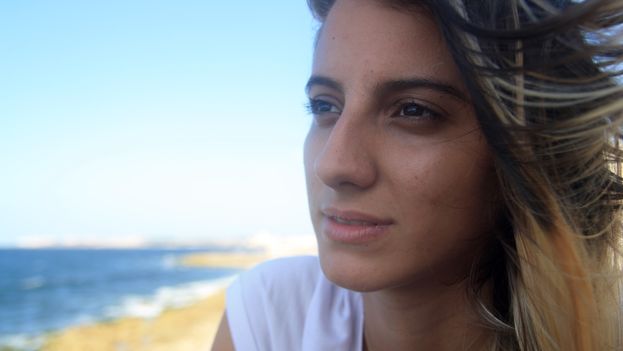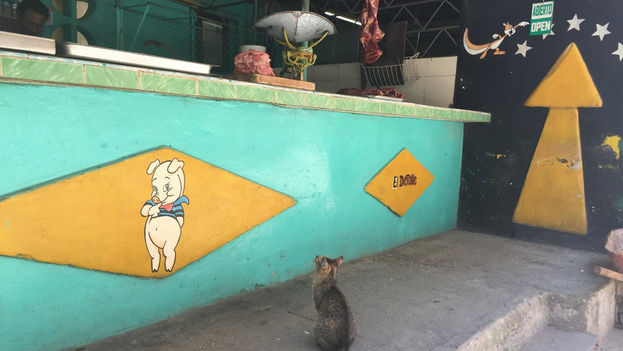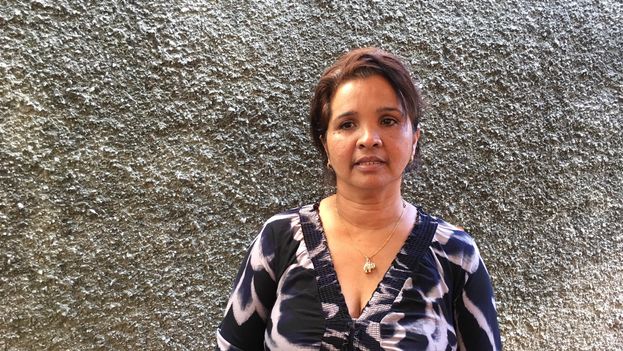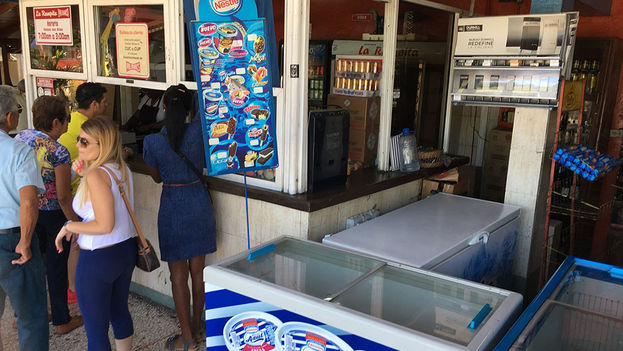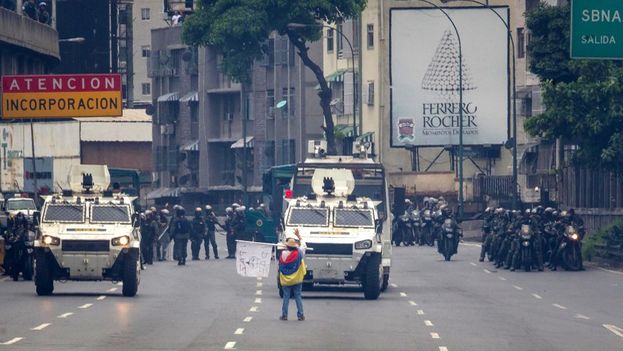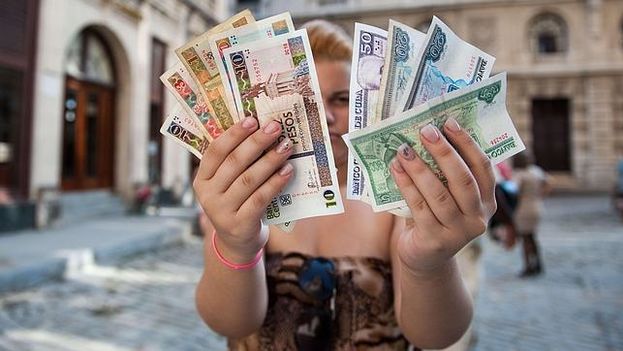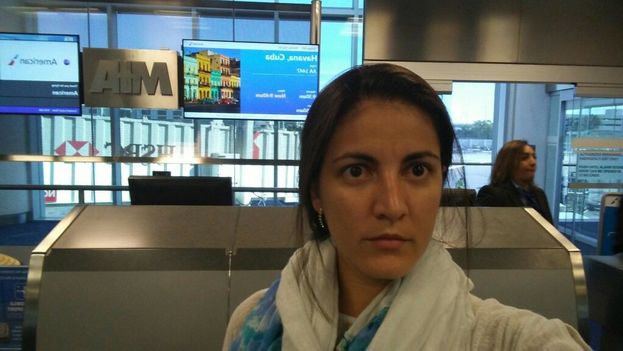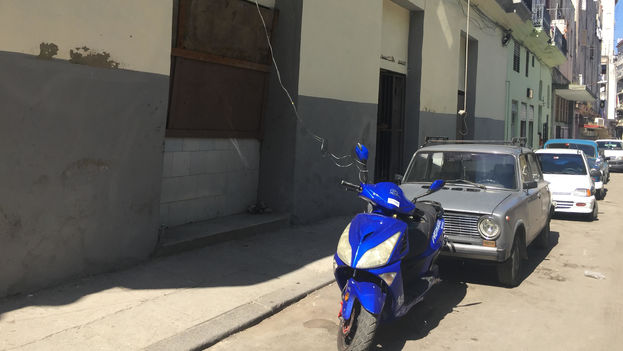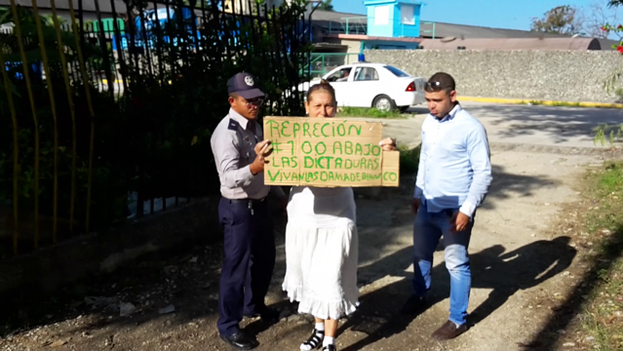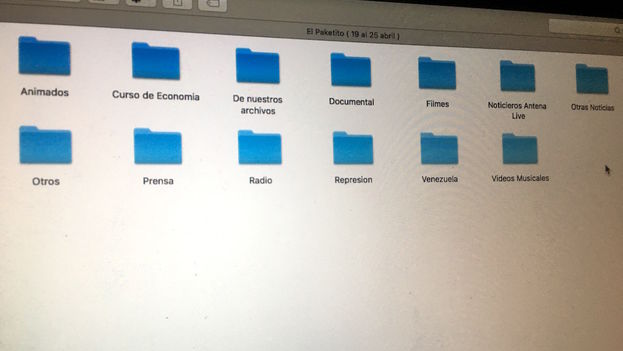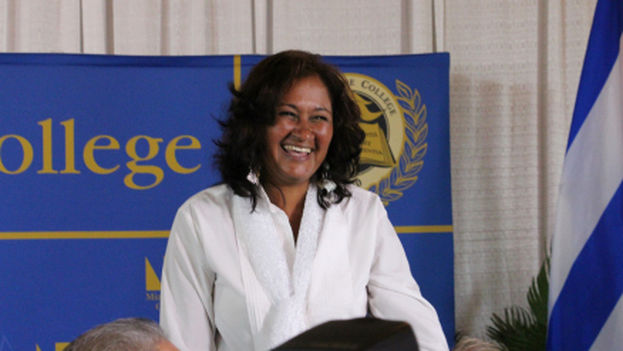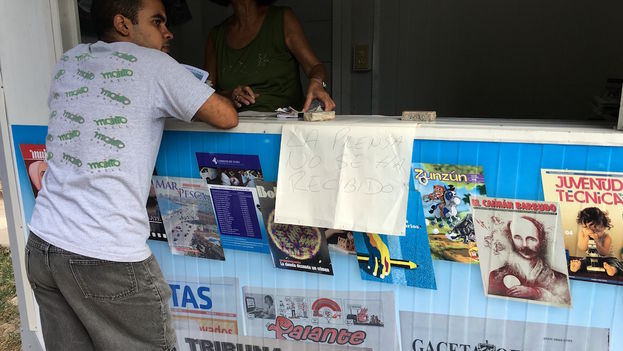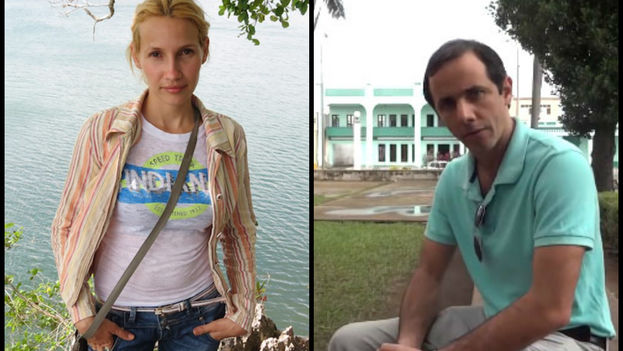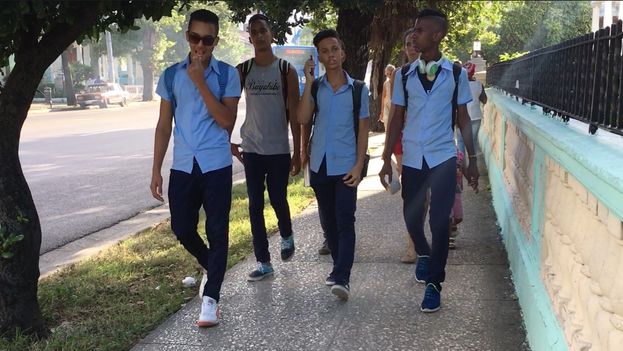As of this Wednesday, high school classrooms are filled with nervous gestures and students who are playing with their professional future on a piece of paper. Most have been preparing for this moment for months, and many have had to pay for a private tutor who prepares them to successfully pass the tests.
“I’m a little anxious, but I feel safe because I’ve studied a lot,” said a twelfth grader from Old Havana minutes before the buzzer announced the start of the first entrance exam. My strength is geometry and I didn’t like the problems at all,” he confessed. continue reading
The Mathematics exam started off the admission tests for Higher Education throughout the country. More than 45,000 high school graduates took part, the young men after finishing their Active Military Service, and the girls who completed Women’s Voluntary Military Service.
Between 2010 and 2015 the number of university students fell by more than half: from more than 206,000 students throughout the country to 90,691
Other applicants take the tests through competition. All, without exception, set their sights on continuing higher education in a country where university diplomas are less valued every day.
Between 2010 and 2015 the number of university students fell by more than half: from more than 206,000 students throughout the country to 90,691. The causes for this decline are manifold and the specialists do not agree, but economic imperatives are among the incentives for an increasing number of young people to prefer to go to work as soon as possible.
The situation contrasts with the massive admissions to higher education that characterized national education for decades. Previously, tens of thousands of professionals graduated, many of whom are now engaged in occupations not related to their specialties.
Finding a chemical engineer working as a bartender in a hotel or a biochemist driving a private taxi has become a “normal anomaly” in the Cuban system.
“My family cannot afford for me to be in a classroom for five more years,” says Rodney Calzadilla, 18, a food vendor in Matanzas province. The mother of the young man has a degree in Economics, but she “always told me that the most important thing is to be useful, not to have a diploma hanging on the living room wall,” he says.
Of the 539,952 Cubans who worked in the private sector at the end of January of this year, or for themselves, more than 3,000 are under the age of 20
Of the 539,952 Cubans who worked in the private sector at the end of January of this year, or for themselves, more than 3,000 are under the age of 20.
At the conclusion of the exams this May, the list will be drawn up, which also takes into account the average of students’ grades in high school. Those with the best grades and test scores have priority to choose one of the 83,840 places in higher education that are offered for the 2017-2018 school year, of which the most desired by young people are the 36,705 in the regular day course.
But the entrance exams are complicated. In June 2014, a fraud scandal shook the most important tests in Cuban education. The incident involved five pre-university teachers, a provincial-level methodologist at the Ministry of Education, a print shop worker, and another citizen not linked to educational institutions.
A year later they returned to the eye of the hurricane, when the Ministry of Education recognized that “the approach of the question 4 of the examination of Mathematics” was subject “to several interpretations.” Faced with the massive complaints from the students, the authorities were forced to evaluate only section A, discarding section B.
“This year we have taken extraordinary measures to protect the sanctity of examinations, ” a source at the Ministry of Higher Education told 14ymedio. The official, who requested anonymity, believes that “previous incidents have greatly damaged the image and confidence of students in this process, so we are committed to changing that impression.”
Next Monday the Spanish test will be administered and the calendar concludes on Thursday, May 11 with History, the most ideological subject in the curriculum
Next Monday, the Spanish test will be administered and the calendar concludes on Thursday, May 11 with History, the most ideological subject in the curriculum of the schools of the Island.
For the History exam the students are preparing themselves on this occasion on subjects related to the deceased ex-president Fidel Castro. “What goes, goes,” says María Julia, a teacher of the specialty that organizes private tutoring in Havana’s Playa district.
“The main question of the test almost always is related to some anniversary or historical figure that is important in the current year,” clarifies the teacher. “It’s clear there will be one or two questions about him, that’s for sure.” With a degree in History, María Julia has drilled her students in “the concept of Revolution” and Fidel Castro’s “biographical data.”
“For students who do poorly on the math test, the most difficult of all, it is possible to raise the average with History, which is easier,” admits the teacher. “For those who aren’t that comfortable with numbers, if they have a good grasp of politics, they have a chance on this test.”
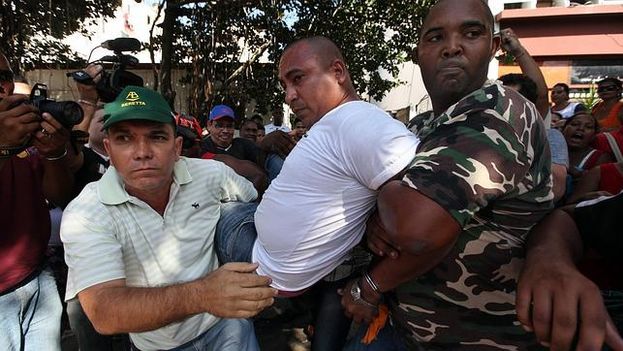
![]() 14ymedio, Havana, 8 May 2017 – The number of political prisoners has doubled this year, according to the most recent report from the Cuban Commission on Human Rights and National Reconciliation (CCDHRN), which counts 140 people charged for these reasons in April, compared to 70 for the same months in 2016.
14ymedio, Havana, 8 May 2017 – The number of political prisoners has doubled this year, according to the most recent report from the Cuban Commission on Human Rights and National Reconciliation (CCDHRN), which counts 140 people charged for these reasons in April, compared to 70 for the same months in 2016.
